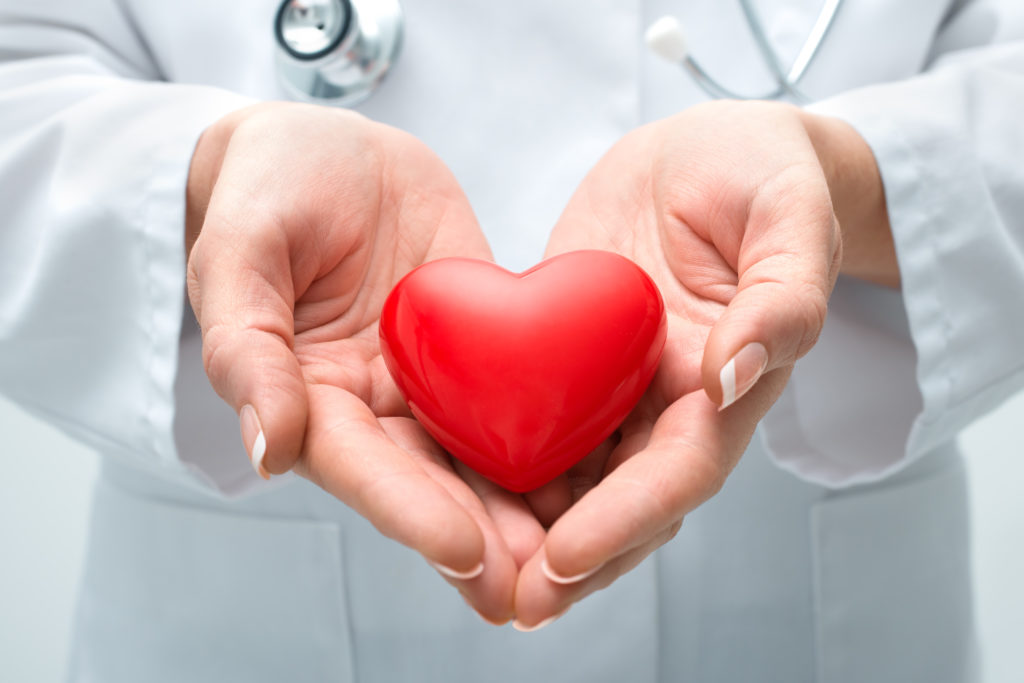Mold❣️Myocarditis

There’s a lot of talk about myocarditis these days, even in young people. This can happen from mold also.
Myocarditis means inflammation of the heart muscle. And the symptoms are quite unsettling.
❥ chest pain
❥ shortness of breath
❥ dizziness
❥ exercise intolerance
❥ fatigue
❥ swelling in the extremities
If this is happening, go get checked out by your doctor – stat! Rule out other issues.
If it’s myocarditis and you’ve been exposed to mold, there are things you can do.
Breathe
Learning some kind of breathing technique that resonates with you has been pivotal for my patients with myocarditis. Our natural tendency when we have concerning symptoms is to tense up and contract. When really what this condition is asking for is expansion and more oxygen. Also, we begin to under-breathe after being exposed to toxic indoor air. Believe it or not, we need to re-learn good breathing habits after mold.
Moderate Activity
Even though you may feel like you shouldn’t be active, you absolutely should. The symptoms are a call for more oxygen, and nothing moves oxygen better than movement itself. But be mindful of how much you tax your heart while it’s healing. Moderating activity by following your symptoms is best. Simply listen to your heart to know when to turn it up or down – but keep moving.
CoQ10
My first go-to supplement for mold myocarditis is CoQ10. Mold massively depletes this important fuel for our heart muscle mitochondria – leaving them with low fuel to do their job. This makes the muscle “ache” for more fuel, like a hunger pang. If you’ve tried CoQ10 and didn’t get much relief, you may need a higher dose or a more absorbable form. Not all CoQ supplements are created equally and many don’t use the correct form for absorption, the ubiquinol form (versus ubiquinone).
Hawthorn
Hawthorn has affinity for the heart. I like it because it follows the airline rules – put your own oxygen mask on first. It feeds the heart’s own blood vessels, which helps the muscle contract with more force. It also reduces inflammation in the vessels.
Phospholipids
Phospholipids such as phosphatidylcholine and phosphatidylserine make up the membrane of the cell and mitochondria. Mold depletes these, making those membranes more stiff and less able to absorb necessary nutrients for energy production – like CoQ10.
Enzymes
Enzymes are used for biofilm busting, and also for chewing up excess inflammation. Enzymes and biofilm busters have become central players to long-haul recovery. It turns out, they also help myocarditis inflammation. A 2-for-1 solution.
And always, more love.
💝 Send some love to your heart!
Once it’s established, myocarditis can take awhile to fully heal after mold. Give it time, love, a little laughter, and a nice deep breath.
TRANSCRIPT
We’ve been hearing a lot about myocarditis with, you know, the “situation.”
Guess what else can cause it? Mold. Of course. Even the Mayo Clinic says so. They have mold as a cause for myocarditis.
What’s myocarditis? It’s inflammation of the heart muscle.
Why does that happen with mold? First of all mold’s really inflammatory. But, also, it lowers mitochondrial function. Guess who’s one of the biggest hogs of mitochondria and energy? Our heart. It can’t take even a minute off. So it makes sense. So the heart starts to display the symptoms. That could be chest pain, shortness of breath, fatigue, exercise intolerance, all those types of things.
So if you’ve gotten myocarditis from your mold exposure or the “situation”, my first go to is CoQ10, CoQ10, CoQ10, CoQ10. If you’ve tried it and it didn’t help you, it’s possible you either didn’t have enough of a dose because we need a lot to move past the mold affect. Or that you really don’t have a highly absorbable form.
I also love hawthorn. It helps feed the heart first. Gotta love that. And also phospholipids and enzymes.
Those are some of my favorite go-to’s that help my patients break the mold and take back their health.
This content is health information and not intended as personal medical advice. Viewing will not establish a doctor-patient relationship. It is not intended to diagnose, treat, cure or prevent any disease or medical condition. The information discussed is not intended to replace the advice of your healthcare provider. Reliance on information provided by Dr. Jill Crista, employees, or others appearing at the invitation of Dr. Crista is solely at your own risk.

